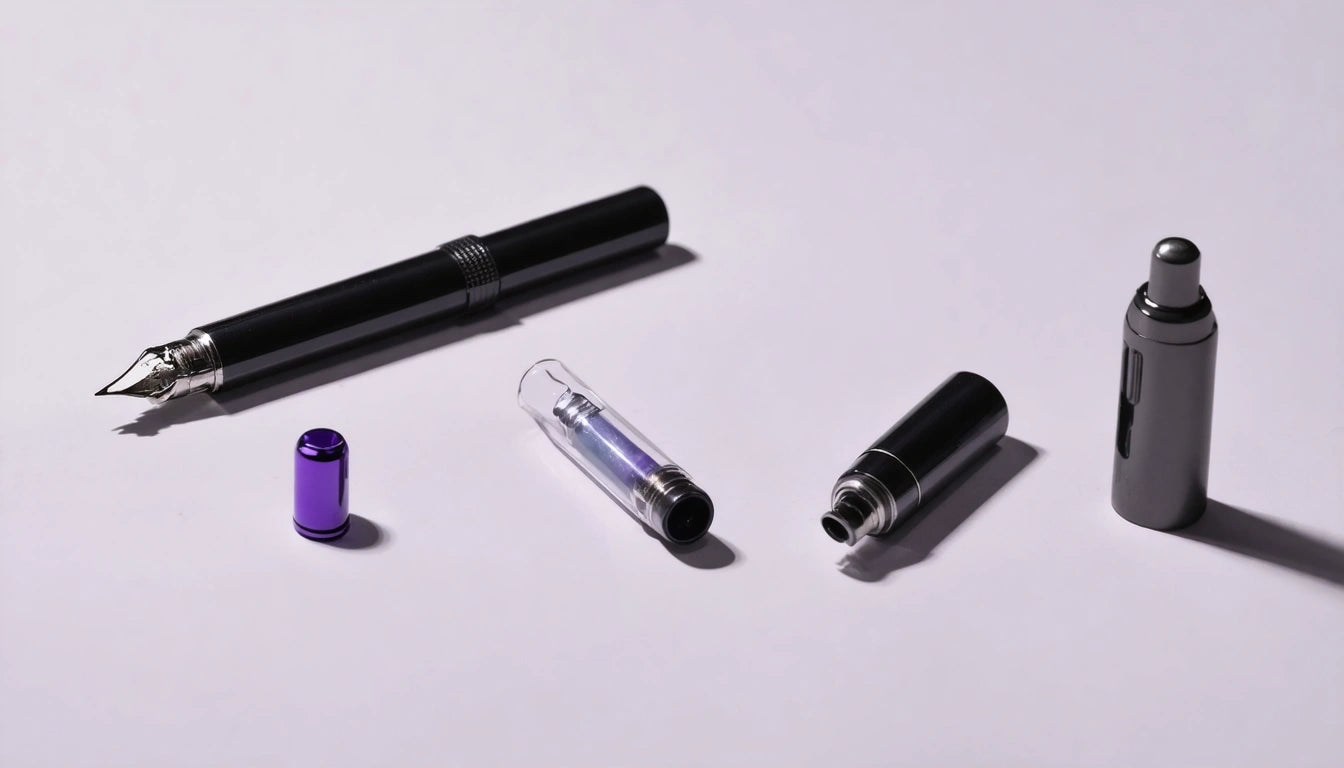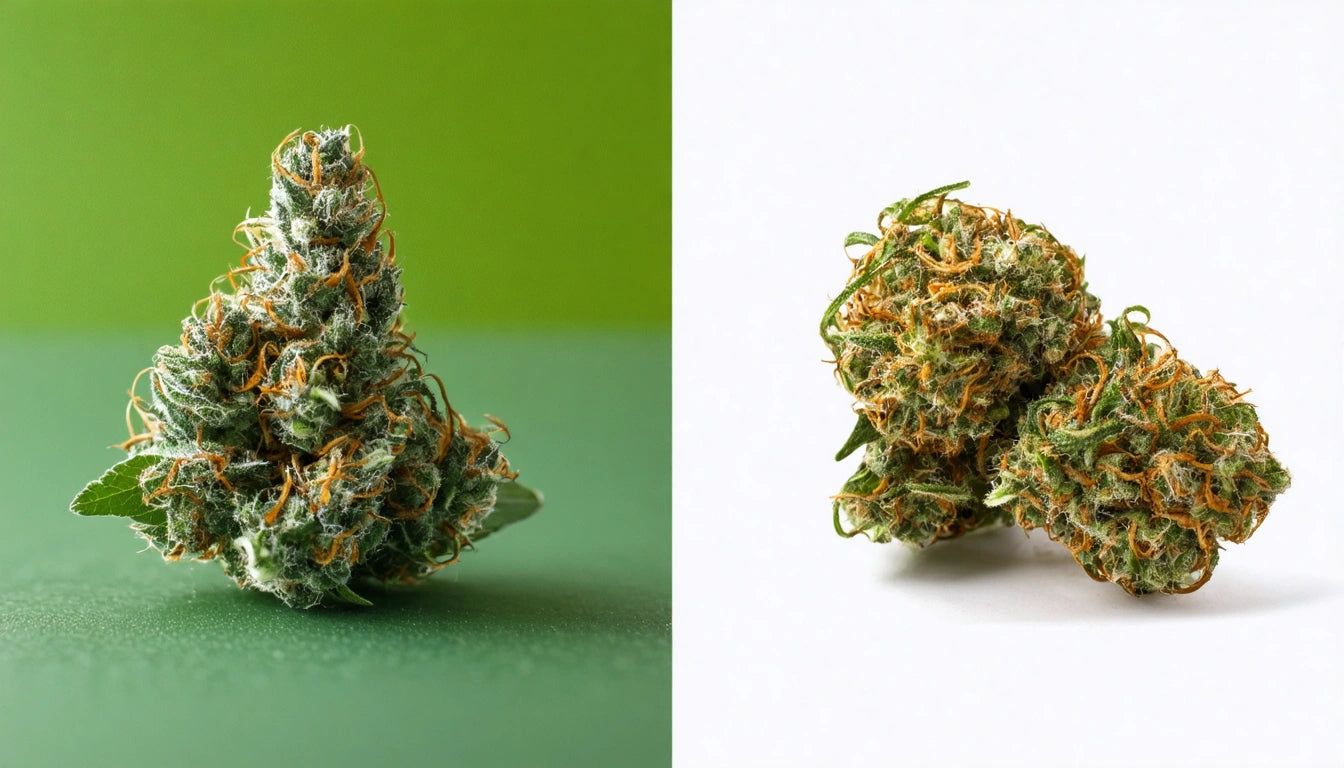Understanding the Differences Between Matte and Gloss Finishes
The choice between matte finish vs gloss finish significantly impacts both the aesthetics and functionality of products and packaging. This decision extends beyond simple appearance preferences, affecting everything from readability and fingerprint resistance to perceived value and brand positioning. Understanding the fundamental differences helps businesses make informed decisions that align with their brand identity and product requirements.
Defining Matte and Gloss Finishes
A matte finish creates a non-reflective surface that diffuses light rather than reflecting it directly. This results in a subtle, sophisticated appearance without shine. The texture absorbs light, creating a soft, velvety look that many associate with premium or artistic products. For those wondering what a matte finish looks like, it appears flat and uniform under all lighting conditions.
In contrast, a gloss finish produces a highly reflective surface that bounces light directly back to the viewer. This creates a shiny, vibrant appearance that enhances color saturation and makes images appear more vivid. Gloss finishes are smooth to the touch and create a wet or polished look that draws attention immediately.
Visual and Tactile Differences
Light Reflection Properties
The most noticeable difference between matte vs gloss is how each finish interacts with light. Matte surfaces scatter light in multiple directions, reducing glare and creating a consistent appearance from all viewing angles. This light-diffusing quality makes matte finishes particularly valuable in environments with harsh or direct lighting.
Gloss finishes, however, reflect light directly, creating highlights and sometimes glare. This property enhances color vibrancy and creates a sense of depth, making images appear more three-dimensional and dynamic. For product packaging that needs to stand out on shelves, this light-reflecting quality can be advantageous.
Texture and Feel
What is a matte finish in terms of tactile experience? Matte surfaces typically feel slightly textured or velvety to the touch. This subtle texture provides grip and reduces the visibility of fingerprints and smudges, making it practical for frequently handled items.
Gloss finishes feel smooth and slick, with a polished sensation that can convey luxury or cleanliness. However, this smoothness makes glossy surfaces more prone to showing fingerprints, smudges, and minor scratches. For products like humidity control packaging for cannabis, the finish choice affects not only appearance but also how well the packaging maintains its look through handling.
Practical Applications by Industry
Different industries leverage matte vs gloss finish characteristics to achieve specific goals. In packaging, matte finishes often signal premium, artisanal, or organic products, while gloss finishes highlight vibrant colors and eye-catching graphics. Understanding these differences helps brands align their packaging with their positioning.
In printing and publishing, the choice between matte and gloss affects readability and user experience. Magazines often use gloss paper for image-heavy pages and matte for text-heavy sections. For those comparing options like Mod Podge matte vs gloss for crafting projects, the decision typically hinges on the desired final appearance and protection level.
Durability and Maintenance Factors
Durability varies significantly between matte and gloss finishes. Matte surfaces generally hide scratches, fingerprints, and dust better than their glossy counterparts. This makes matte finishes practical for high-traffic products or those frequently handled. However, matte surfaces can be more difficult to clean thoroughly, as their textured nature can trap dirt particles.
Gloss finishes provide excellent protection against moisture and are typically easier to wipe clean. However, they readily show fingerprints, dust, and scratches. For products requiring frequent cleaning, such as kitchen appliances or bathroom fixtures, this easy-clean property often outweighs the visibility of smudges.
- Matte finishes: Better at hiding imperfections, fingerprints resistant, may be harder to clean thoroughly
- Gloss finishes: Easier to clean, more moisture resistant, shows scratches and fingerprints readily
- Hybrid options: Satin or semi-gloss finishes offer middle-ground properties
Choosing the Right Finish for Your Needs
When deciding between matte finish vs gloss finish, consider these key factors:
Brand Positioning: Matte often conveys sophistication, artisanal quality, or understated luxury. Gloss suggests vibrancy, boldness, or traditional premium quality. Your choice should align with your brand's personality and market positioning.
Product Use Context: Consider where and how your product will be used. Products displayed under direct lighting may benefit from matte finishes to reduce glare. Items requiring frequent cleaning might be better suited to gloss finishes.
Content Type: For text-heavy materials, matte reduces eye strain. For image-dominant content, gloss enhances visual impact. This principle applies whether choosing coated or uncoated paper for printed materials.
Target Audience: Consider demographic preferences. Younger audiences often respond to glossy, vibrant packaging, while older demographics may prefer the subtle sophistication of matte finishes.
The distinction between matte and gloss extends beyond surface appearance. Each finish type creates different perceptions, interactions, and practical considerations that significantly impact product experience and brand perception. By understanding these differences, brands can make strategic choices that enhance their products' appeal and functionality.











Leave a comment
All comments are moderated before being published.
This site is protected by hCaptcha and the hCaptcha Privacy Policy and Terms of Service apply.